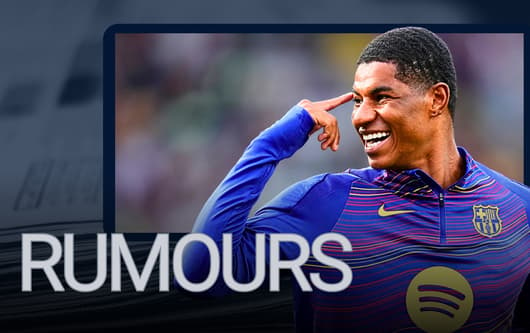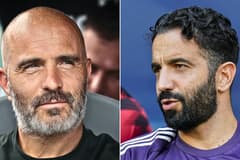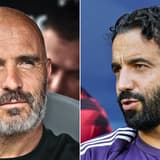-
News
- 27 Nov 2025
Spearheaded by legends, Como has football's most unique business model
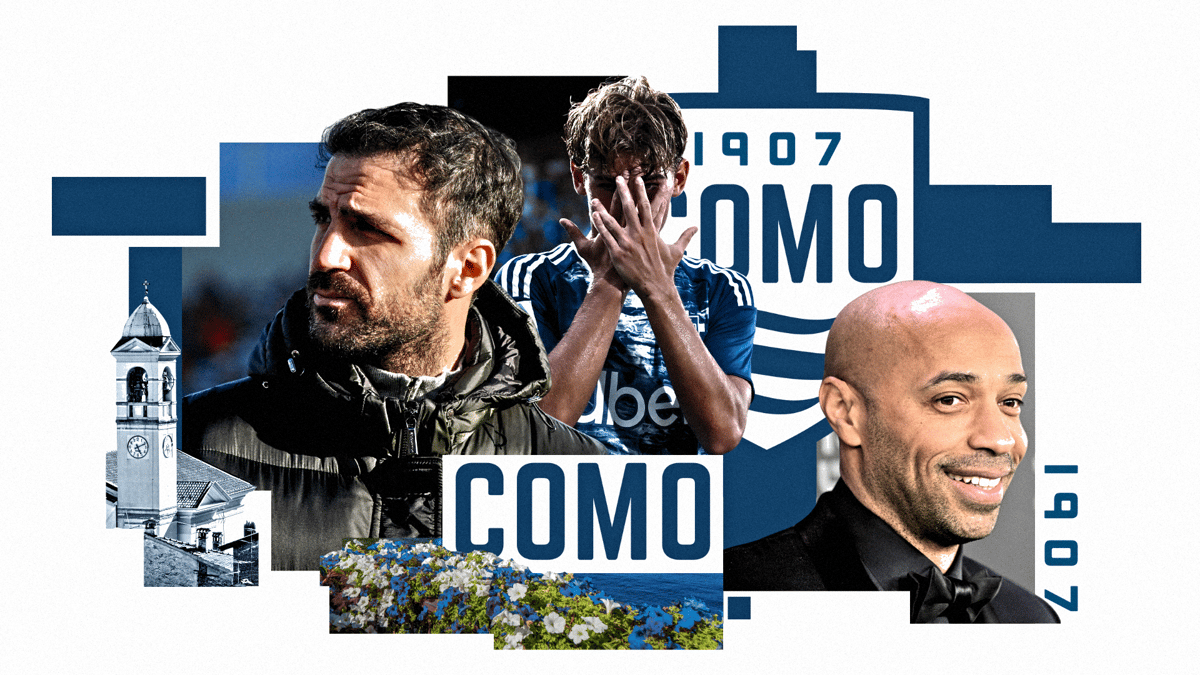
Regarded as the richest club in Serie A, Como 1907 is not really a club; it is a brand.
The Italian minnow, which spent 21 years in soccer no man's land, returned to the top flight in 2024, and it did so with a bang. Spearheaded by former Arsenal, Barcelona and Chelsea icon Cesc Fabregas, Como re-joined Serie A with seemingly unlimited funds and a unique business model.
Back in 2019, the Hartono brothers, ranked among the 100 richest people in the world, acquired Como through their Djarum Group, a tobacco manufacturer, intending to use the club as a potential landing spot for Indonesian footballers, who were to star in a TV series.
However, as they soon found out, non-EU players were not permitted to play in the Italian lower leagues. The documentary was still made, but the emphasis was no longer on Indonesian footballers. Instead, the 2021 series Como 1907: The True Story focused on the club's resurgence.
Since the Djarum takeover, Como has risen from Serie D to Serie A, and the club is now gunning for a place in the Champions League. Head coach Fabregas is also a minority owner, as is Arsenal legend Thierry Henry, and thanks to its wealthy backers, Como can rival Italy's elite.
Como's business model
What sets Como apart from other clubs is that, paradoxically, soccer is not the main focus. Of course, Fabregas, who lives and breathes the beautiful game, would never admit this, but president Mirwan Suwarso does so quite openly.
Como's end goal is to become a "premium football tourism destination." Soccer is simply the means by which this is to be achieved. The idea is to entice the millions of tourists who visit Lake Como annually to come to the games and support the club.
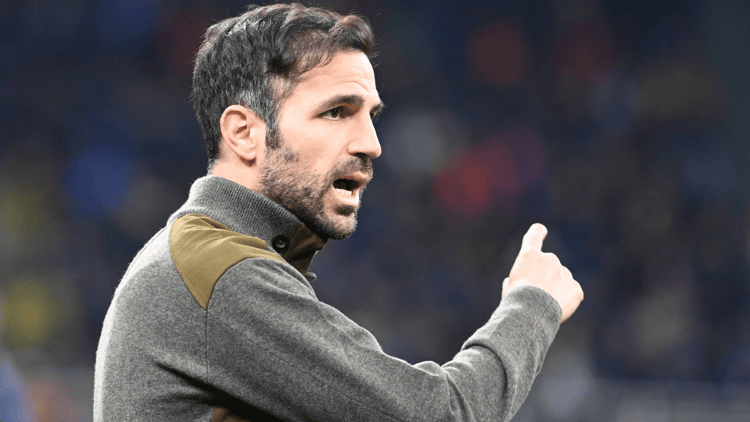
Forty per-cent of ticket revenue already comes from international visitors, according to SportsPro. Keira Knightley, Michael Fassbender and Jeff Goldblum have all attended games at the Stadio Giuseppe Sinigaglia, and celebrities are being actively targeted by the club to grow its brand.
“It helped us in terms of being recognised faster, especially in our target market right now [which is] the US,” Suwarso explained. "And the UK is our fastest-growing market for e-commerce and also for visits.”
Como's mission is not to win Serie A or the Champions League - this would be a welcome by-product, of course - but actually to "become a $1 billion group" by 2038. To that end, it has developed its own ticketing platform, which it seeks to sell to other clubs, and has opened over 480 stores throughout northern Italy to produce extra income.
"We don’t have sporting ambition, we have business ambition," Suwarso candidly admits. For traditional soccer fans, this is a jarring thing to hear, but Como's model works. "I think we’re experiencing accelerated growth more than ever."
In February, he told Calcio e Finanza: "For us, it’s crucial to find a way to turn football into a real business. Football is the catalyst, the gateway, but in the end, we need to create an ecosystem that can sustain the football operation. That means making everything sustainable.
"A football club in a city of 85,000 people faces major challenges in becoming sustainable through football alone. However, we are fortunate to be in a place where the city itself is a brand: Lake Como is a global brand.
"It would be foolish not to capitalize on this opportunity, integrating football into the ecosystem, not as the centerpiece but as a key element. We can use football to increase visibility while also leveraging the Lake Como brand, developing activities that start from the club but expand to the Como brand as a whole."
Suwarso is convinced that the club's matchday experience can become to the city of Como what Disneyland is to Disney. "For Disney, Disneyland represents its theme park division; for us, the football club and the matchday experience are our 'theme park division.'
"Then, we have eight other divisions connected to this. There’s what we call 'consumer products,' which includes merchandising, licensing, and everything that comes with it. We have a separate division exclusively dedicated to clothing, footwear, and similar products.
"Then, we have a media division, which operates as a separate company. Tourism is another key area for us, working similarly to Disney’s travel and tourism sector."
Como 1907 is to become synonymous with Lake Como. "Once they become one and the same, our business will be less exposed to risks," Suwarso says.
Como won't sell its key players
Over the summer, the Italian club rejected lucrative transfer offers for its biggest stars, chiefly Argentine youngster Nico Paz, because there is no need to sell. Como does not have a financial incentive to cash in on its most prized possessions.
On the contrary, the club is actively keeping its squad together so that it can form a cohesive unit and play some of the most exciting football in Europe. The thinking goes that good on-pitch performances will drive growth off the pitch.

Como is refusing to offload its best players because "our aim is to build an attractive team so that when people come to watch us, they enjoy the experience," Suwarso explains.
"If we do things the right way, 60 per cent of our new audience will come from tourists who suddenly discover that there’s a football club here. If they visit for the first time and we play with a low block and in a boring way, they will never be interested in Como.
"Our goal as a company is to become the world’s leading football tourism destination. If you want to be a premium football tourism destination, then the football itself needs to be fun and exciting."
Fabregas has fully bought into Como's model. In its first season back in Serie A, the club finished in a very solid 10th place, the highest position for a promoted team since Hellas Verona came ninth in 2019/20.
The Spanish head coach attracted the attention of Bundesliga giants Bayer Leverkusen and RB Leipzig over the summer, but as with its players, Como also told Fabregas' suitors that he was going nowhere.
This term, Como are gunning for a place in a European competition, having spent an eye-watering €107.5 million ($126.2m, £93.8m) on new recruits in the summer. Although four Serie A clubs shelled out more, Como had by far the biggest net spend with €93.8m ($110m, £81.8m).
The difference between Como and Serie A's traditional giants, for now at least, is that it doesn't need to sell to spend. However, this is an ephemeral advantage as the nouveau riche club will eventually have to comply with UEFA's Squad Cost Ratio rule.
Clubs are permitted to spend up to 70 per cent of their total revenue over a three-year period. Como's diversification of income streams will stand it in good stead in this regard, but it is something to be aware of.
Since promotion, Como is €187.6m ($219.1m, £162.9m) in the red on transfers, and this is not an easy sum to offset in a league where clubs have had to rely on selling players and going deep in Europe due to a lack of competitive TV revenues compared to the Premier League and LaLiga.
Continuing its upward trajectory while potentially facing more financial constraints than before is a major hurdle that Como will have to overcome if it wishes to break into Serie A's traditional elite.
However, equipped with one of soccer's most unique - and ambitious - business models, you wouldn't want to bet against the new kid on the block.
The FootballTransfers app
Check out FootballTransfers' new app for all of football's big storylines, transfer rumours and exclusive news in one convenient place directly on your mobile device.
The FootballTransfers app is available in the Apple App Store. Download here:

